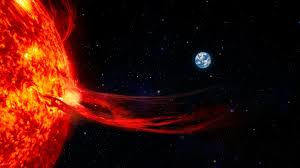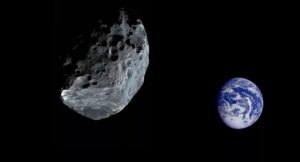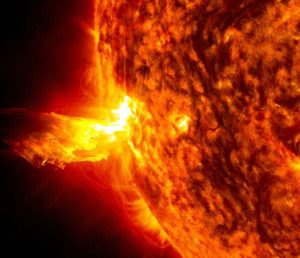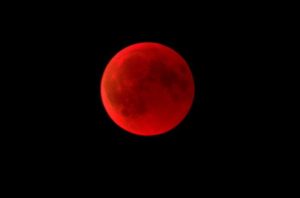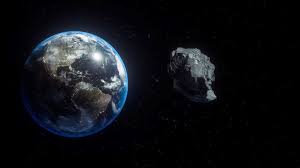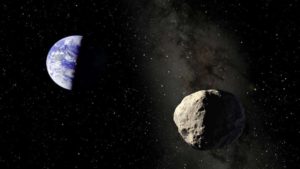
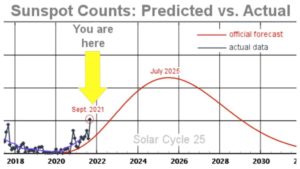
Strange Sounds – October 3, 2021
Solar Cycle 25 continues to overperform. Sunspot counts for Sept. 2021 were the highest in more than 5 years.
And, for the 11th month in a row, the sunspot number has significantly exceeded the official forecast:
“The NOAA/NASA co-chaired, international panel to forecast Solar Cycle 25 released their latest forecast for Solar Cycle 25. The forecast consensus: a peak in July, 2025 (+/- 8 months), with a smoothed sunspot number (SSN) of 115. The panel agreed that Cycle 25 will be average in intensity and similar to Cycle 24.
“Additionally, the panel concurred that solar minimum between Cycles 24 and 25 will occur in April, 2020 (+/- 6 months). If the solar minimum prediction is correct, this would make Solar Cycle 24 the 7th longest on record (11.4 years).”
The plot above shows sunspot counts vs. time. The red curve traces the forecast issued by the NOAA/NASA Solar Cycle 25 Prediction Panel in 2019. It calls for a relatively weak solar cycle peaking in July 2025.
The sun has a mind of its own, though. Higher-than-expected sunspot counts suggest a stronger cycle, with a peak occuring in late 2024 instead of mid-2025. This is good news for aurora watchers, but maybe not so good for the Internet. [Space Weather]

